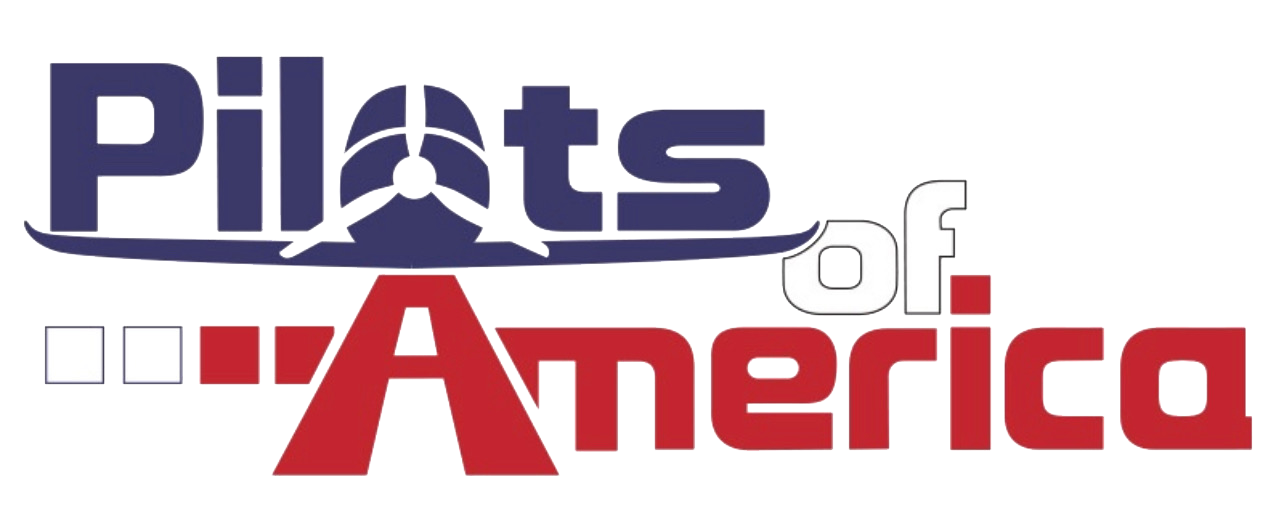O-470L in a C182B.
I made a mistake and did an oil change after my last flight. I figured the usual local supply shops would be open for the biggest shopping day of the year (black friday) but they were all closed until Monday, and I don't have an oil filter. Is there any harm in letting the airplane sit for 72 hours with the oil drained and filter off until I can get a new champion oil filter? I currently have the drain plug open too, getting every last dribble out. Surprisingly there is still some oil coming out of the oil filter adapter after a few hours, too. It's in a heated hangar, if it matters.
I guess if I needed to, I could screw the old filter back on temporarily (after all the oil oil had mostly drained out of it), close the drain plug and go ahead and top it up with the usual 8-9 quarts.
I know, I know, I should have a supply of these filters, but I'm getting a new airplane 5 months that doesn't use the same kind of filter.
I made a mistake and did an oil change after my last flight. I figured the usual local supply shops would be open for the biggest shopping day of the year (black friday) but they were all closed until Monday, and I don't have an oil filter. Is there any harm in letting the airplane sit for 72 hours with the oil drained and filter off until I can get a new champion oil filter? I currently have the drain plug open too, getting every last dribble out. Surprisingly there is still some oil coming out of the oil filter adapter after a few hours, too. It's in a heated hangar, if it matters.
I guess if I needed to, I could screw the old filter back on temporarily (after all the oil oil had mostly drained out of it), close the drain plug and go ahead and top it up with the usual 8-9 quarts.
I know, I know, I should have a supply of these filters, but I'm getting a new airplane 5 months that doesn't use the same kind of filter.


